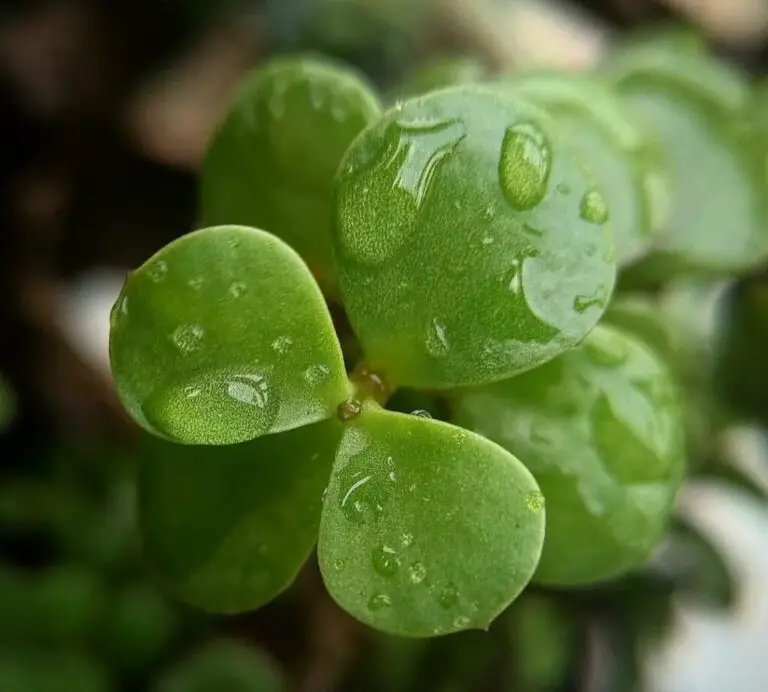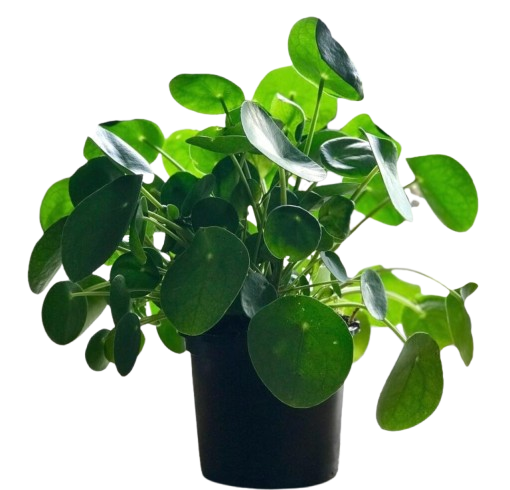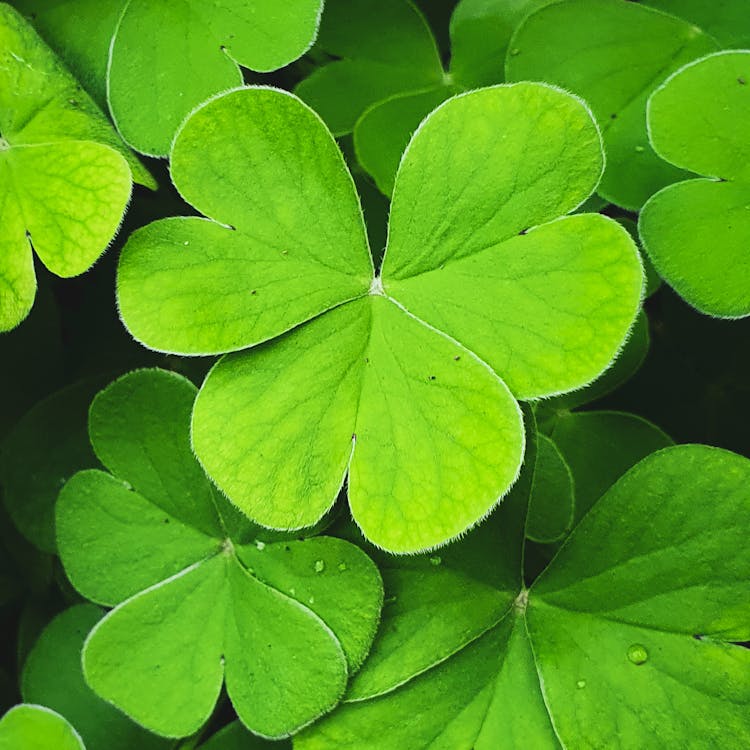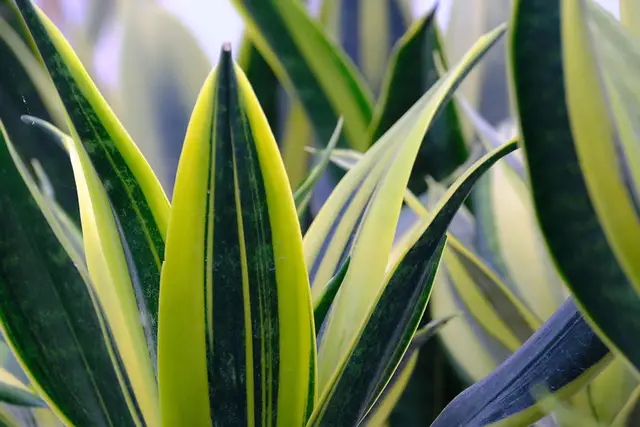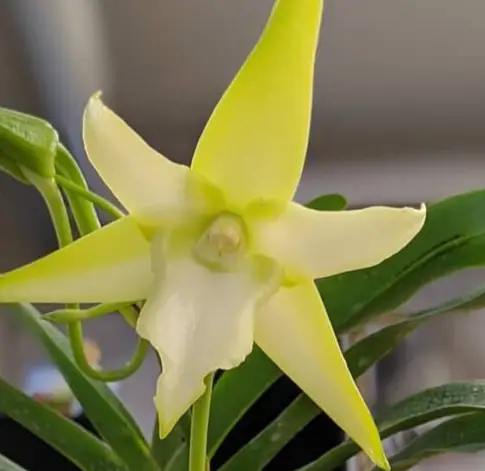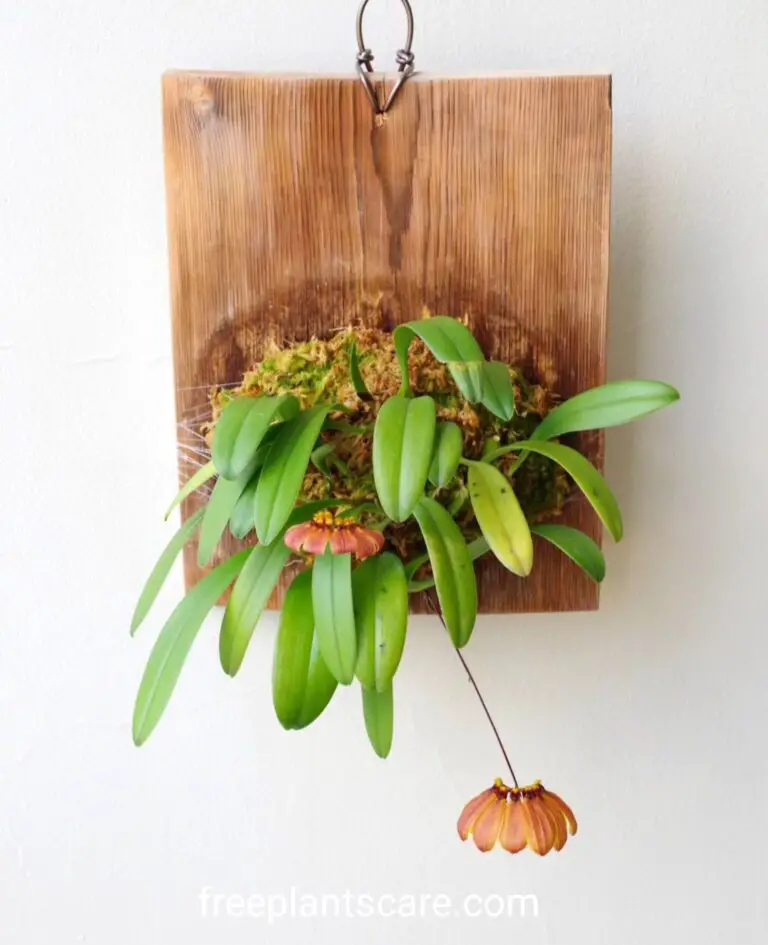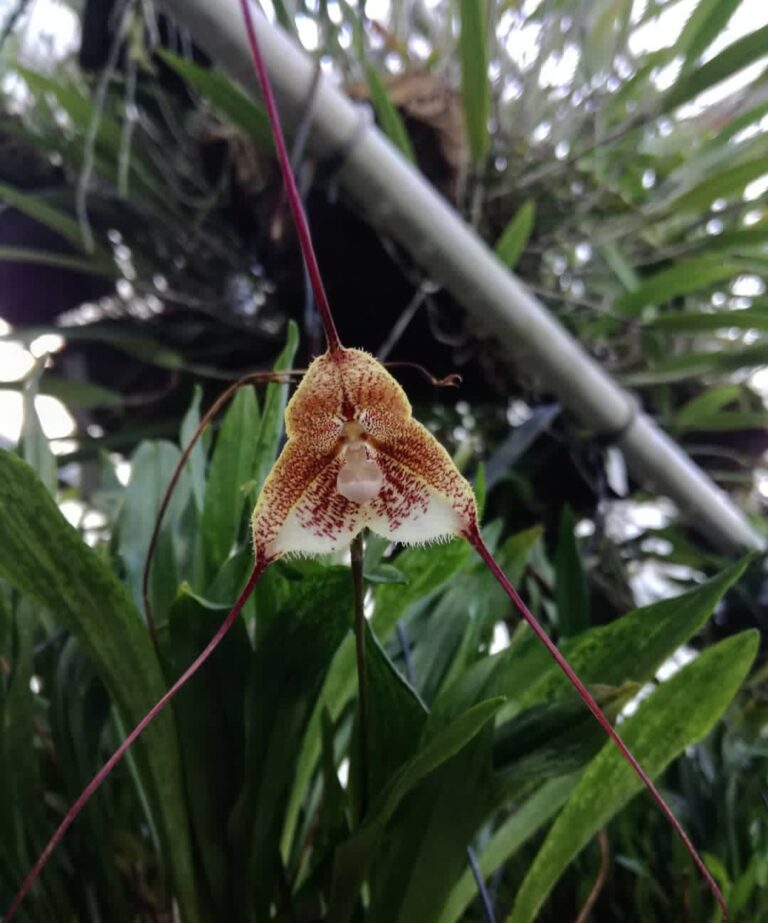How to propagate jade plant is a question that intrigues both novice and seasoned gardeners alike. This resilient succulent, known for its glossy green leaves and tree-like appearance, is not only easy to grow but also simple to multiply with the right techniques. However, despite its hardy nature, many plant lovers unknowingly make critical errors during propagation that can hinder root growth, cause rot, or prevent successful transplanting. Whether you’re using stem cuttings, leaf propagation, or dividing mature plants, understanding the common pitfalls can dramatically improve your success rate.
In this guide, we’ll explore 20 common mistakes to avoid when propagating jade plants, so you can enjoy healthy new growth and expand your succulent collection with confidence. Whether you’re propagating for the first time or refining your technique, this comprehensive resource will help you grow jade plants like a pro.
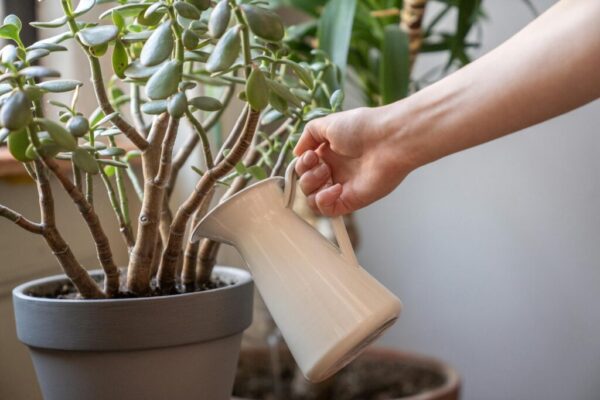
- 1 1. Taking Cuttings at the Wrong Time
- 2 2. Using Unhealthy Parent Plants
- 3 3. Skipping the Drying Step
- 4 4. Using the Wrong Soil Type
- 5 5. Overwatering Newly Planted Cuttings
- 6 6. Planting Too Deep
- 7 7. Not Sterilizing Tools
- 8 8. Poor Lighting Conditions
- 9 9. Skipping Root Hormone (Optional but Helpful)
- 10 10. Using Damaged Leaves or Stems
- 11 11. Crowding Too Many Cuttings Together
- 12 12. Not Labeling Your Propagation Tray
- 13 13. Forgetting to Mist the Soil
- 14 14. Giving Up Too Soon
- 15 15. Letting Pets or Kids Disturb the Setup
- 16 16. Using a Container Without Drainage
- 17 17. Ignoring Signs of Rot or Mold
- 18 18. Trying to Root Too Many Leaves at Once
- 19 19. Not Adjusting Conditions Post-Rooting
- 20 20. Forgetting to Celebrate Success
- 21 FAQs: How to Propagate Jade Plant
1. Taking Cuttings at the Wrong Time
Many beginners make the mistake of taking cuttings during the plant’s dormant period. When jade plants are actively developing, in the spring or early summer, they are best suited for propagation.Propagating in winter can lead to poor or delayed root development, making your cutting more vulnerable to failure or disease.
2. Using Unhealthy Parent Plants
Always choose healthy, mature jade plants for cuttings. Using a plant that’s diseased, dehydrated, or nutrient-deficient greatly reduces the chance of successful propagation. Strong parent plants have the energy and cellular strength to promote root growth, while weak ones are more likely to develop rot, infection, or simply fail to root.
3. Skipping the Drying Step
One of the biggest mistakes is placing the cutting into soil immediately after trimming. Jade plant cuttings need time—usually 2 to 5 days—to dry and form a callous over the cut area. This step prevents moisture from entering the wound and causing rot once the cutting is placed in soil.
4. Using the Wrong Soil Type
Regular potting soil holds too much moisture and is not suitable for jade cuttings. Always use a fast-draining succulent or cactus soil mix. These mixes mimic the jade plant’s native environment and help prevent the root rot that often occurs when the cutting sits in overly damp soil.
5. Overwatering Newly Planted Cuttings
It’s tempting to water your jade cutting generously to encourage growth, but overwatering is the quickest way to cause rot. Newly planted cuttings need only slightly moist soil and should not be watered until they begin forming roots. Excess water drowns the plant and fosters fungal growth.
6. Planting Too Deep
Excessive insertion of the stem or leaf into the soil reduces ventilation and raises the possibility of rot. Jade cuttings should be placed shallowly—just deep enough to stay upright. The rooting process benefits from exposure to air, and burying the cutting too deep only smothers new roots.
7. Not Sterilizing Tools
Using dirty scissors or knives to make cuttings can introduce bacteria or fungi into the fresh wound. Always clean your tools with rubbing alcohol or boil them in water before use. This simple habit ensures a clean cut and helps your jade cutting stay disease-free during the rooting phase.
8. Poor Lighting Conditions
Jade cuttings need bright but indirect light to root successfully. Direct sunlight can scorch tender cuttings, while dim or shaded areas slow down root growth. A sunny windowsill with filtered light is ideal. Too much or too little light can both prevent the cutting from developing healthy roots.
9. Skipping Root Hormone (Optional but Helpful)
Although not required, using a rooting hormone can significantly improve success rates, especially if you’re new to propagation. It helps stimulate root growth and protects the cutting from infection. Just dip the end of the cutting into the powder before placing it in soil for best results.
10. Using Damaged Leaves or Stems
It’s important to use healthy, intact leaves or stems when propagating. If a cutting is torn, bruised, or mushy, it likely won’t root. Always inspect your cuttings closely and discard any that look damaged or unhealthy. Using poor-quality material only sets you up for disappointment.
11. Crowding Too Many Cuttings Together
Trying to root too many cuttings in one pot causes overcrowding. When cuttings are packed tightly, airflow is reduced, increasing the risk of mold and mildew. Give each cutting some space—at least an inch apart—so they can breathe and grow without competing for light or room.
12. Not Labeling Your Propagation Tray
If you’re propagating multiple types of succulents, it’s easy to lose track. The plant name and the date you began propagating should be written on the label of each tray or pot.This helps you monitor progress and prevents confusion. Clear labeling also lets you know when it’s time to repot the successfully rooted cuttings.
13. Forgetting to Mist the Soil
Instead of watering heavily, mist the soil lightly every few days until roots form. This creates just enough humidity to encourage root growth without overwhelming the cutting.Misting keeps the soil slightly damp and resembles natural dew, which is ideal for promoting strong root growth in jade plant cuttings.
14. Giving Up Too Soon
Many gardeners expect to see results within a week, but jade plant cuttings often take 2–4 weeks or longer to root. Patience is key. Avoid digging them up too early to check for roots—it disrupts the process and can stress or damage the cutting before it’s ready.
15. Letting Pets or Kids Disturb the Setup
New cuttings are fragile and easily disturbed. Keep them in a quiet, safe space away from pets, children, or curious hands. A knocked-over pot or chewed leaf can ruin weeks of progress. Choose a stable, out-of-the-way location where your propagation trays can sit undisturbed.
16. Using a Container Without Drainage
Using a pot without drainage holes traps water at the bottom, leading to soggy soil and root rot. Jade plant cuttings need excellent drainage to stay healthy. Always choose containers with holes, and consider adding a layer of small rocks at the bottom to boost airflow and drainage.
17. Ignoring Signs of Rot or Mold
Don’t overlook the early warning signs of trouble. Black or mushy stems, fuzzy mold, or a foul odor are signs of rot or fungal infection. Remove affected cuttings immediately to prevent the problem from spreading. Examining your propagation area on a regular basis guarantees that any problems are identified early.
18. Trying to Root Too Many Leaves at Once
Less is more when it comes to propagation. Focus on a few healthy cuttings rather than trying to root a dozen at once. This allows you to manage moisture, lighting, and spacing more effectively, increasing your chances of successful rooting and reducing the likelihood of losing multiple cuttings.
19. Not Adjusting Conditions Post-Rooting
Once your cuttings develop roots, it’s important to gradually adjust care. Introduce more sunlight slowly and switch to a normal succulent watering routine—only water when the soil is completely dry. This helps the young jade plant adapt to its new environment and transition into steady growth.
20. Forgetting to Celebrate Success
Propagation is a rewarding journey. Once your cuttings root and begin to grow, take time to appreciate your success! Share progress photos, give plants as gifts, or repot them into decorative containers. Every new jade plant you grow is a living reminder of your patience and care.
Jade plant propagation can be incredibly satisfying when done right. By avoiding these 20 common mistakes, you’ll give your cuttings the best chance at rooting and thriving. Remember to stay patient, observant, and consistent—and soon you’ll have a growing collection of jade plants to enjoy or share!
FAQs: How to Propagate Jade Plant
Which technique works best for growing jade plants at home?
Healthy stem or leaf cuttings are the most effective way to reproduce jade plants at home. Let the cutting callous over for a few days, then plant it in soil that drains well. For best root growth, keep the soil slightly moist and give it bright, indirect light.
2. How long does it take for jade cuttings to root when learning how to propagate jade plant?
When understanding how to propagate jade plant, expect roots to develop within 2 to 4 weeks. The process depends on environmental conditions like temperature and humidity. Warmer conditions and well-drained soil will speed up rooting, while overly moist or cold environments can delay propagation or cause rot.
Is it possible to properly propagate a jade plant using water?
Indeed, water propagation is an additional method for growing jade plants. Just put a cutting of stem in a jar of clean water, making sure the leaves remain above the water’s surface. In a few weeks, roots will start to take shape. Plants should be moved to potting soil once they are a few inches tall.
4. What kind of soil should I use for how to propagate jade plant?
Always choose a succulent or cactus mix that drains properly while learning how to cultivate jade plants. Steer clear of clay-rich or heavy soils since they store too much moisture and can cause rot. To give your jade plant cuttings the best chance of success, you can further enhance drainage by adding coarse sand or perlite.
5. Do I need to use rooting hormone when learning how to propagate jade plant?
When determining how to propagate a jade plant, using rooting hormone helps expedite the rooting process, however it is not necessary. Before planting, dip the cut end of the leaf or stem into the powdered rooting hormone. This promotes quicker root growth and raises success rates, particularly in colder climates.
6. What are common mistakes people make when trying how to propagate jade plant?
A common mistake when attempting how to propagate jade plant is overwatering the cuttings. This leads to rot before roots even form. Other mistakes include not allowing the cutting to callous properly, using poor soil, or placing the plant in low light, which slows or prevents propagation altogether.
7. Can I propagate jade plant leaves directly in soil when learning how to propagate jade plant?
Yes, placing jade plant leaves directly in soil is a simple way for how to propagate jade plant. Let the leaf callous for a couple of days, then place it flat on the soil. Over time, tiny roots and shoots will emerge, eventually forming a new baby jade plant.
8. How often should I water cuttings during the process of how to propagate jade plant?
Water cautiously when propagating jade plants. Do not water again until the earth is completely dry. Rot is often brought on by overwatering, particularly before roots have taken hold. Depending on the humidity and temperature in your house, water the soil once every seven to ten days or mist it lightly.
9. Is sunlight important for how to propagate jade plant successfully?
Yes, in order to propagate jade plants, bright yet indirect sunshine is necessary. Your cuttings should be placed close to a window that gets filtered sunlight. Steer clear of direct, strong sunlight as it might burn the delicate young leaves or cuttings. Light promotes healthy propagation results by encouraging root growth.
10. Can I propagate jade plant outdoors when figuring out how to propagate jade plant?
Yes, outdoor propagation is possible when exploring how to propagate jade plant, especially in warm climates. Choose a shaded spot that gets indirect light and protect from rain. Make sure temperatures stay above 60°F (15°C). Always use well-draining containers or soil to prevent moisture buildup and root rot.
11. What time of year is best for how to propagate jade plant?
Spring and early summer are ideal seasons for how to propagate jade plant. During these months, the plant enters its active growing phase, which helps cuttings root faster. Warmer temperatures and longer daylight hours create the perfect conditions for successful propagation, leading to healthier and more vigorous jade offspring.
12. Can I learn how to propagate jade plant from a broken branch?
Yes, a broken branch can be an excellent opportunity for how to propagate jade plant. Let the broken end dry and callous for a few days, then plant it in suitable soil. As long as the branch is healthy, it can root and grow into a new jade plant easily.
13. What tools do I need for how to propagate jade plant?
You’ll need a small container, well-draining soil, clean, sharp scissors or pruning shears, and optional rooting hormone to start propagating jade plants. To avoid illness, sterilise your equipment before cutting. Gloves for handling and a spray bottle for misting are also useful, particularly when working with large cuts.
14. Is it possible to fail at how to propagate jade plant, and why?
Indeed, using sick cuttings, inadequate light, or excessive watering can all lead to unsuccessful jade plant propagation. Rot can also occur if the cut end is not allowed to become callous. Healthy plant material, the right conditions, and patience are necessary for successful propagation. To steer clear of the most typical mistakes, adhere to best practices.
15. How do I know if I’m doing how to propagate jade plant correctly?
Firm, healthy-looking cuttings, no rot, and eventual root development are indicators that you are propagating a jade plant correctly. Pull the cutting carefully after a few weeks; resistance indicates the formation of roots. Another excellent indication that your propagation is proceeding as planned is the emergence of new leaves.

